Question 1:
From Jon:
Thanks for all the great content as always. I’m having some confusion about planers and planer sleds I am hoping you can clear up. I have a Dewalt DW735 planer and it works great. I do not however have a jointer so I have been spending an excessive amount of time flatting boards on planer sled that is basically just a piece of MDF. It works fine but it the set up time really adds up. I have kids and a job and very little time in my shop/shed. I was researching other planer sled designs and came across one that came from Woodsmith. Fine Woodworking also has an article with a similar sled from Keith Rust in October 2005. This sled design uses adjustable cross beams, spaced out 4”-6” to support the board from beneath so the top of the board can be flattened.
My question is, why is the force of the rollers enough to cause snipe at the front of an 8/4 board but not enough to cause uneven planing in a thinner board on this sled? It seems like if the force of the rollers pushing down is enough lift the front or back of the board and cause snipe. Wouldn’t it also put enough force to deform the board in the unsupported areas between the cross bars and cause uneven cutting across the top? I would expect the board to have waves of high and low spots where the cross bars are and are not.
I have also had the same question about jointing a board bigger than your jointer by taking the porkchop off and then putting the flat reference area on a piece of MDF and then running it through the planer. Why does the unsupported area not bend under the pressure of the rollers?
Maybe I just don’t have a good grasp of what causes snipe or of the physics of the planer and wood interacting or maybe it’s magic. Can you please help me understand why this style sled works or tell my wife I need a jointer and a bigger shop. In the meantime, I am trying to improve my hand planing skills so I can flatten boards the old-fashioned way.
Question 2:
From Nathan:
I need some motivation. I was recently gifted an old (1974) Rockwell Delta Unisaw with a 3-horsepower motor. The saw needs some electrical work, and I’ll probably tune it up while I’m at it. I have to rewire my workshop with 240-volt power to run it, and then I’ll have to rearrange all the tools in my small 12′ X 16′ workshop because the Unisaw is much larger than my current vintage Craftsman contractor saw. I know how to do all this work, but I predict that about halfway through it I’ll be questioning whether it’s worth all the effort to upgrade my table saw. Can you talk about how wonderful a Unisaw (or other cabinet saw) is compared to lesser saws? I’m guessing that by the time this episode of the podcast comes out, I’ll be about halfway through the project and your advice will be just the motivation I need to finish the project. Thanks in advance.
Question 3:
From Andrew:
I’m looking for suggestions. I try not to be precious with wood and to not save “special boards” but instead find a good use for them. I purchased a wide single piece of EWP from the estate of a local woodworker. It’s 38”x19”x1”, not really big enough for a whole project and since it’s EWP not really super exciting grain that would make a project pop. But it is beautiful almost 100% quartersawn and completely clear. In its own special way it is unique and reminds me of some of the stuff you see on antique furniture when the top of something was a single wide plank. But for the life of me I can’t think of a project that would make good use of it without cutting it up. My latest idea would be something Shaker where the simplicity would showcase the pine but the dimensions kind of throw me off. Any suggestions would be appreciated.
Question 4:
From David:
I recently moved to a new house with my adult children and young grandsons. The house has a larger garage, and I now have some extra space and funds for some shop upgrades. Most of my large tools are 25 to 35 years old. While my Delta contractor’s saw with Unifence and Jet cast iron 14″ bandsaw have served me well, I want to upgrade for better safety, dust collection and capabilities. Safety is first and foremost of my priorities, as i want to teach my grandsons woodworking as they grow older.
I also have never had a joiner, and finally have space for one.
I have been researching Sawstop saws, 8″ jointers, 12″ jointer planer combo machines, and larger bandsaw such as the Grizzly 17″ models. Unlike my current tools, these all weigh a lot. Typically I am seeing 400 to 500 lbs. I can get the tools delivered to be inside my garage, but uncrating and placing them on rolling stands may be an issue, except for the Sawstop cabinet saw. The product manuals I have found on line mostly call for using a fork lift to get pieces off of crates and setting them up. Is it typical for a hobbyist to rent a forklift when buying this larger machinery? Are there other safe methods you have used that do not require a small army if young men with strong backs?
On a related question, the manual for the Jet 12″ joiner planer combo speaks about using caution when raising the joiner tables due to the weight. I have never seen one in person, much less used one. How heavy are the jointer beds on the combo machines, and are they counter balanced or have other assists to lift them up and lower them slowly? I like the idea and size of the combo machines, but not if there is a chance that a hand could get trapped under a heavy cast iron table.
On a separate subject, you can let the new bosses know that I just joined FWW Unlimited to support the podcast. The old episodes have made my daily commute much more enjoyable.
Every two weeks, a team of Fine Woodworking staffers answers questions from readers on Shop Talk Live, Fine Woodworking‘s biweekly podcast. Send your woodworking questions to [email protected] for consideration in the regular broadcast! Our continued existence relies upon listener support. So if you enjoy the show, be sure to leave us a five-star rating and maybe even a nice comment on our iTunes page.
Sign up for eletters today and get the latest techniques and how-to from Fine Woodworking, plus special offers.

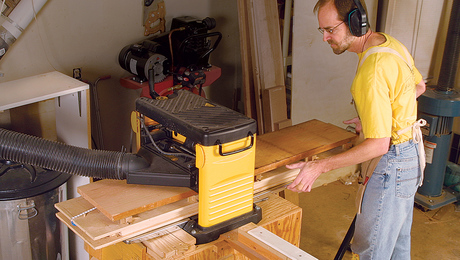
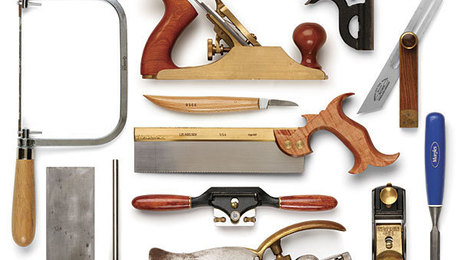
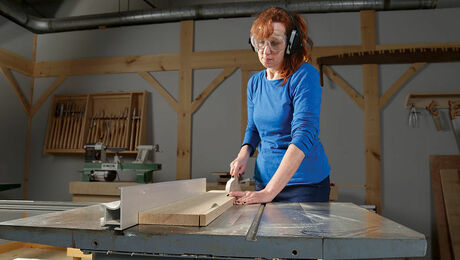
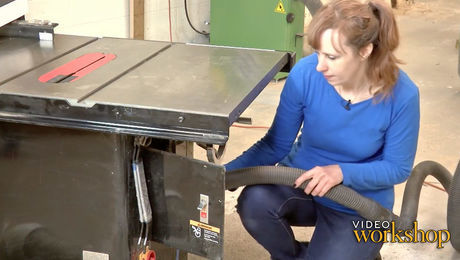
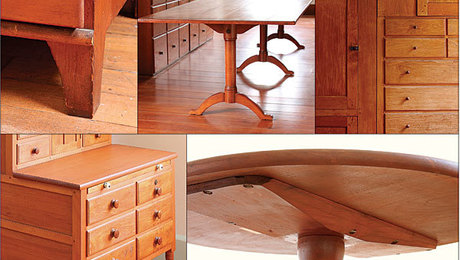
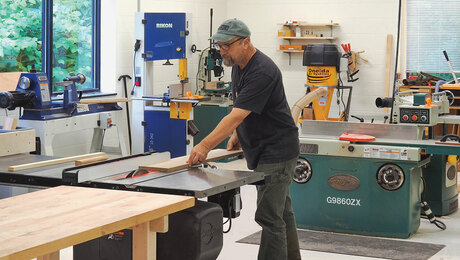
My brother suggested I might like this website He was totally right This post actually made my day You cannt imagine just how much time I had spent for this information Thanks
Reading your article has greatly helped me, and I agree with you. But I still have some questions. Can you help me? I will pay attention to your answer. thank you.